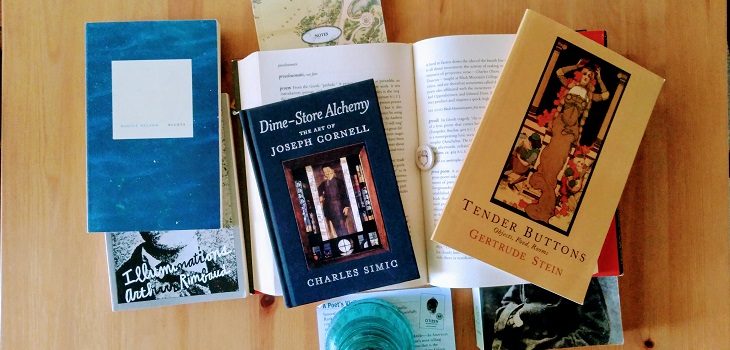 Discover Literature
Discover Literature
Prose Poetry: What’s the Point?
LET’S INVESTIGATE PROSE POETRY – THAT OXYMORONIC, SLIGHTLY OBNOXIOUS LITERARY FORM
Prose poetry. It sounds like an oxymoron. Like jumbo shrimp. Or plastic silverware. Or a soothing Lithuanian folk song. But it does indeed exist, having been wrought into existence by the exceptional creativity or pure boredom of writers. But why? Why taint the dainty lines of poetry with the blocky bulk of prose? Let’s find out by looking at the form’s history, major works, essential characteristics, and a literary analysis of Robert Bly’s prose poem “Warning to the Reader.”
Read more “Prose Poetry: What’s the Point?”


